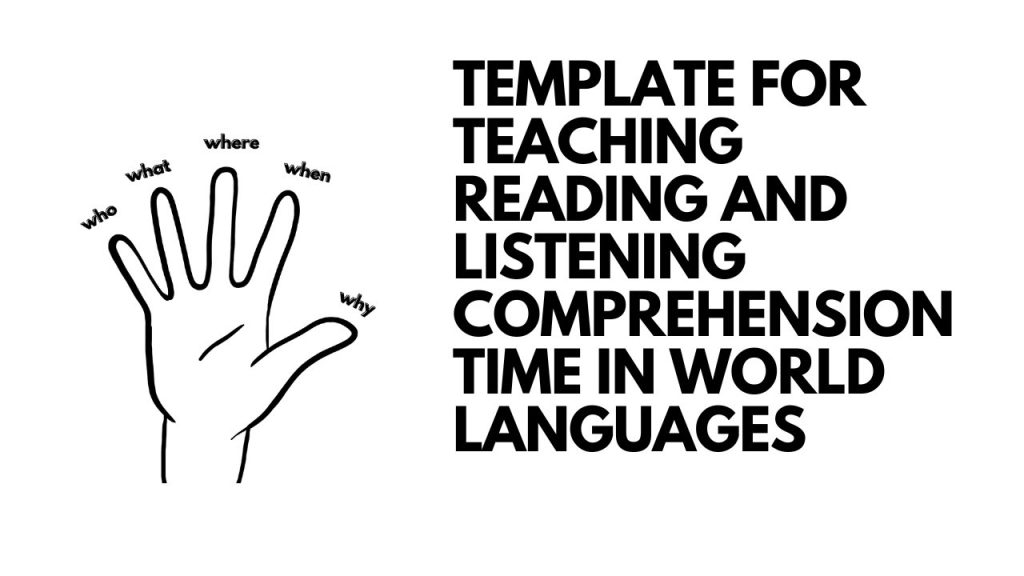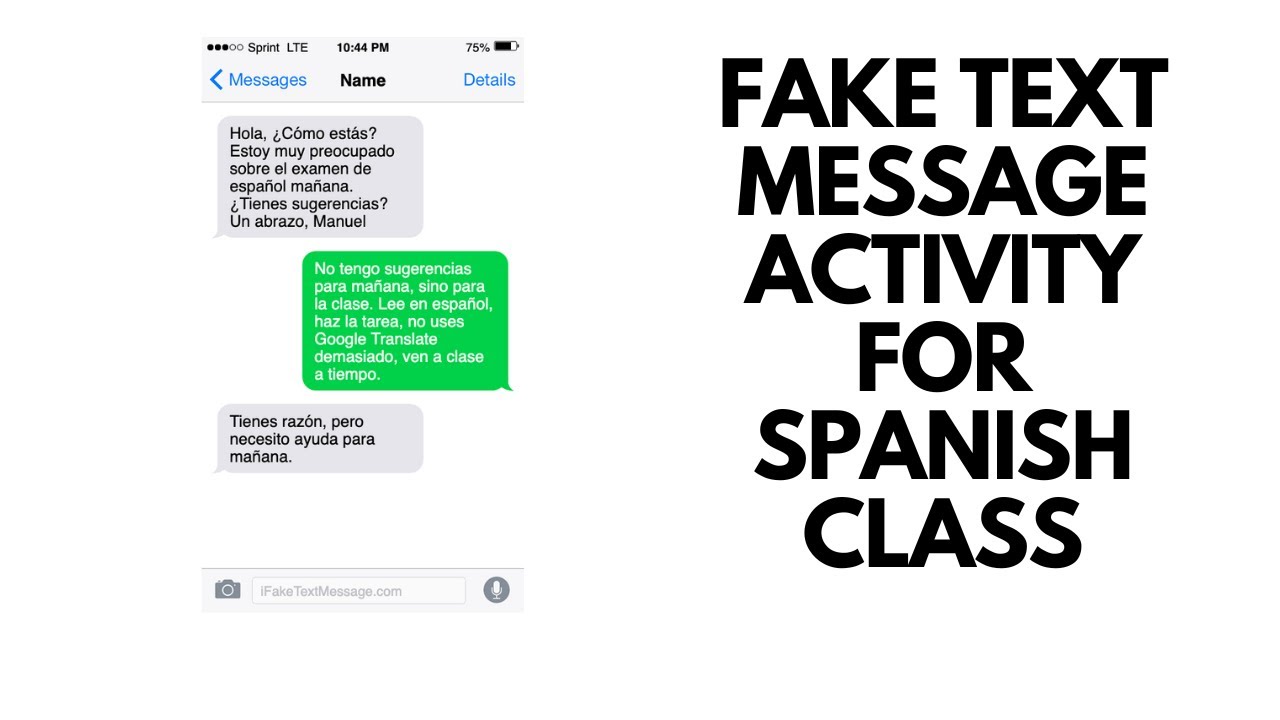
In my video, I share a simple, engaging classroom activity that uses fake text messages to help beginner Spanish students practise grammar and real-world texting language. I love using playful, low-prep tasks that give learners input and a chance to produce their own messages. Teaching Languages: Fake Text Messages is an approachable way to combine comprehension, culture and creativity in one lesson.
Why fake text messages work
Fake text messages are not authentic in the sense of coming from native-speaker conversations, but that is exactly why they can be so useful for beginners. They provide controlled input that looks like the real thing — short, contextual, and focused on everyday language — without overwhelming learners with authentic slang or complex grammar too soon.
I love fake text messages for beginners of Spanish. It’s not authentic… but I think it’s a great way to get some insight.”
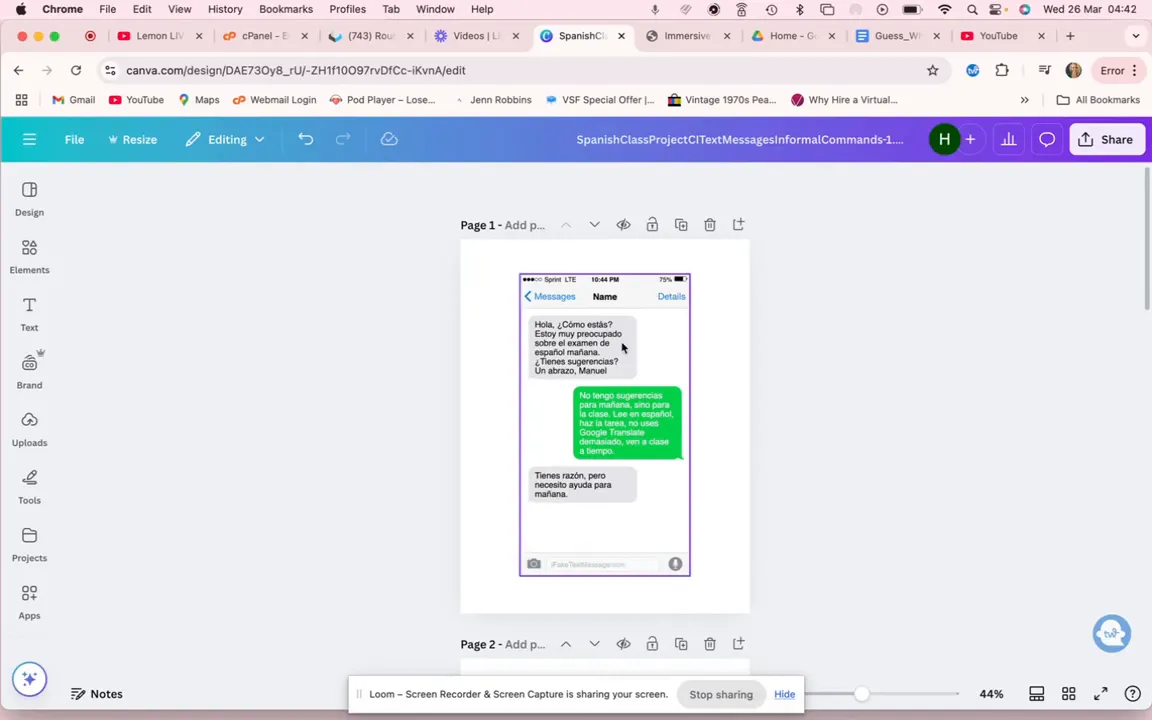
How to set up the activity
Here’s a step-by-step outline you can use in class:
- Create examples: Use a simple fake-text generator (there are a few online) to make a handful of short conversations that target the language point you want to practise.
- Provide input: Present these examples to students as the initial input. Keep them short and clear so learners can spot the target grammar in context.
- Comprehension checks: Write a few short comprehension questions for each fake conversation to make sure students read for meaning first.
- Student creation: Ask students to create their own fake messages, using commands, vocabulary, and typical text abbreviations you want them to try.
- Share and reflect: Have students swap messages, answer comprehension questions, or perform quick role-plays based on the texts.
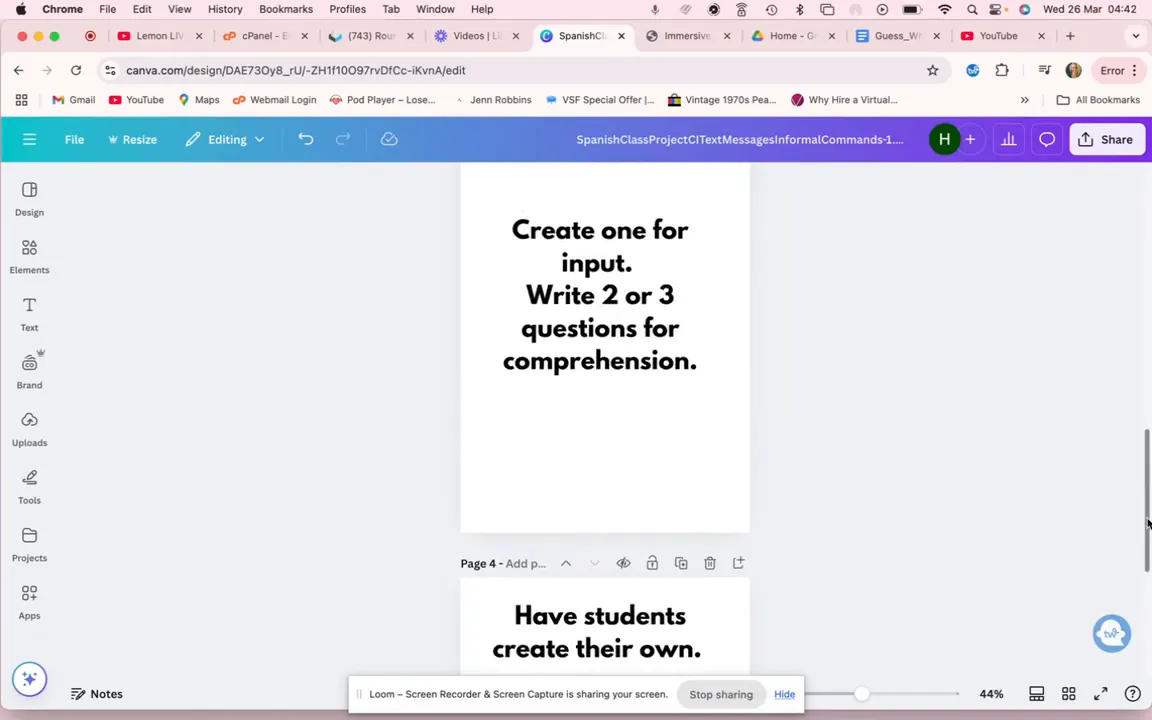
What to include in your fake messages
- Target grammar forms (e.g., commands, present tense, ser/estar contrasts).
- Common texting abbreviations and colloquial snippets to build recognition.
- Clear contextual clues so students can infer meaning.
- Short, manageable message lengths so reading stays fast and engaging.
Examples and classroom variations
Once you have a basic template, you can adapt the activity in many ways:
- Controlled practice: Give students a fill-in-the-blank fake conversation to practise a specific structure.
- Free production: Let pairs create a short story through a chain of text messages.
- Task-based twist: Combine the messages with a small decision task — e.g., plan a meetup, solve a problem, or choose an activity — using only the information in the texts.
- Abbreviation scavenger hunt: Ask students to identify and explain authentic texting abbreviations you include, then use them in their own messages.
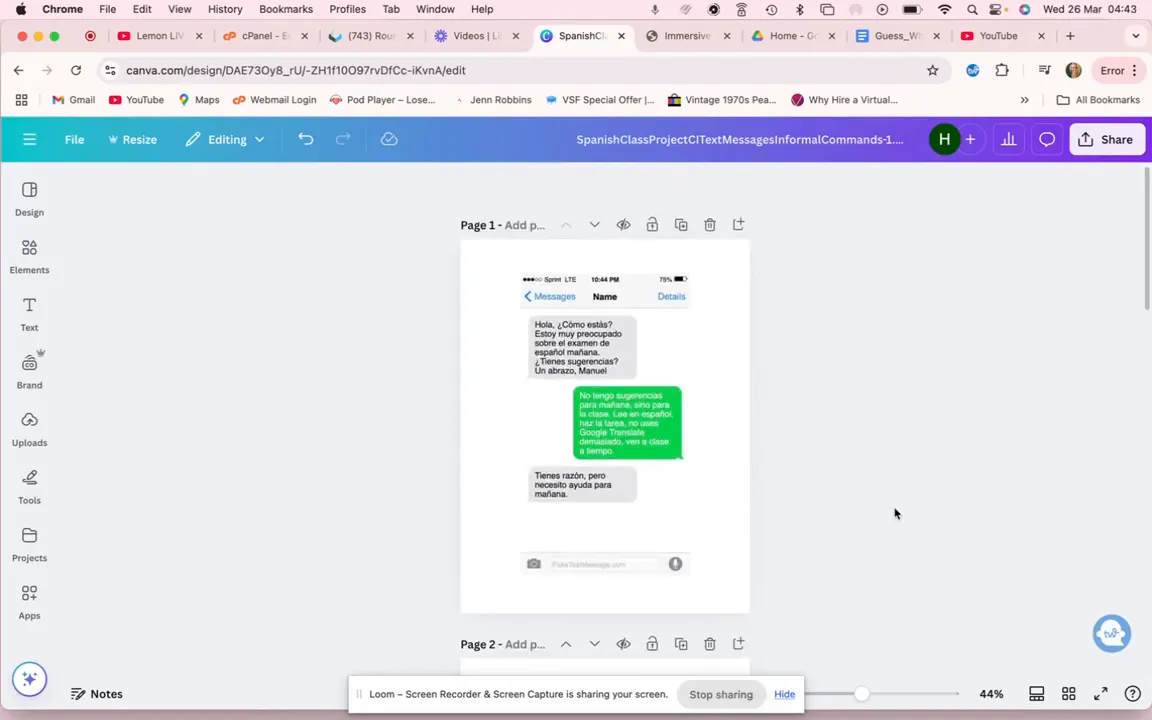
Practical tips from my classroom
- Be specific in your instructions so students know what language to aim for — for example, “Include two commands and one time expression.”
- Use comprehension questions to keep reading purposeful rather than just decorative.
- Model one or two examples before sending students off; seeing the format reduces anxiety.
- Encourage creativity but keep the task short (5–10 minutes) to maintain energy and focus.
Wrap-up: Why I recommend this activity
Teaching Languages: Fake Text Messages is an engaging, low-prep tool that gives beginners useful input and a clear path to produce language. It mixes grammar practice with the authenticity of texting conventions in a safe, scaffolded way. Try it once and you’ll see how quickly students engage and how natural their answers become when they practise in context.
Next steps
- Create two or three fake conversations tailored to your lesson target.
- Prepare one short comprehension question set for each conversation.
- Let students design their own messages and share them in pairs or small groups.
If you enjoyed this activity, try combining it with short listening or speaking follow-ups to deepen the learning. Have fun and keep experimenting — students respond really well to playful, real-world formats like these.

